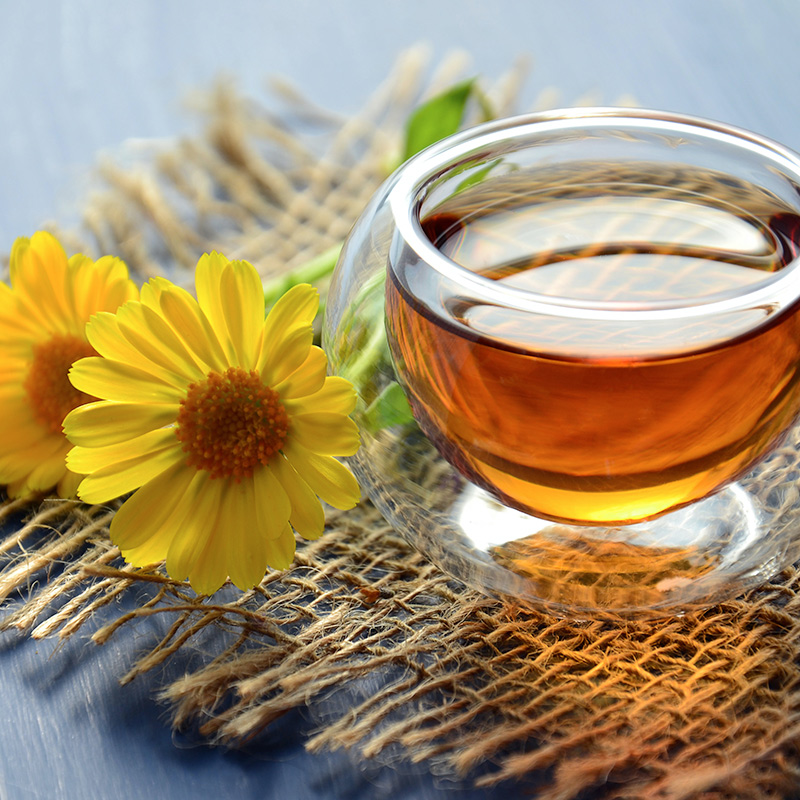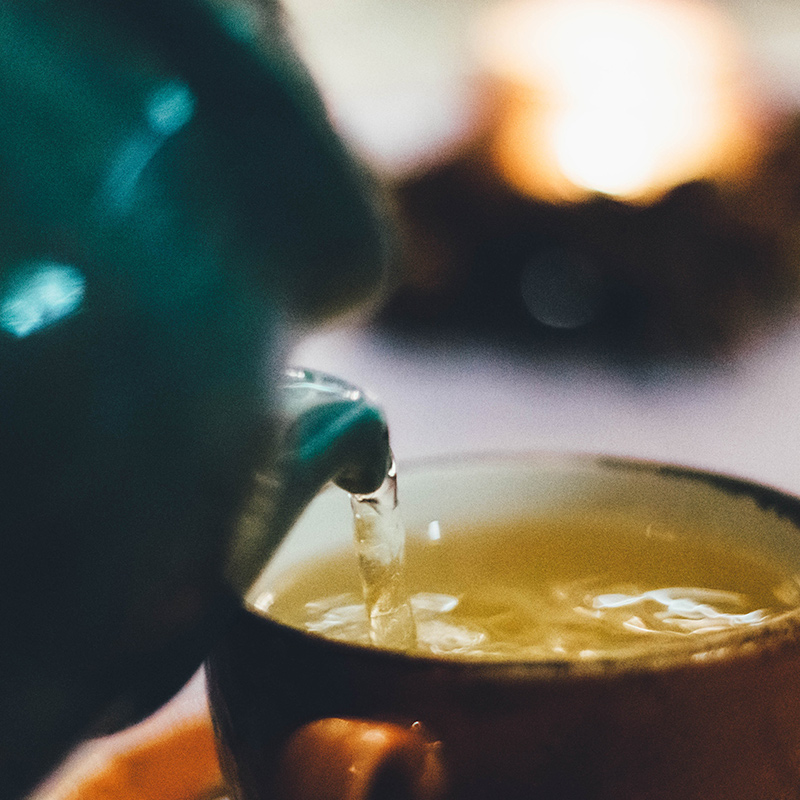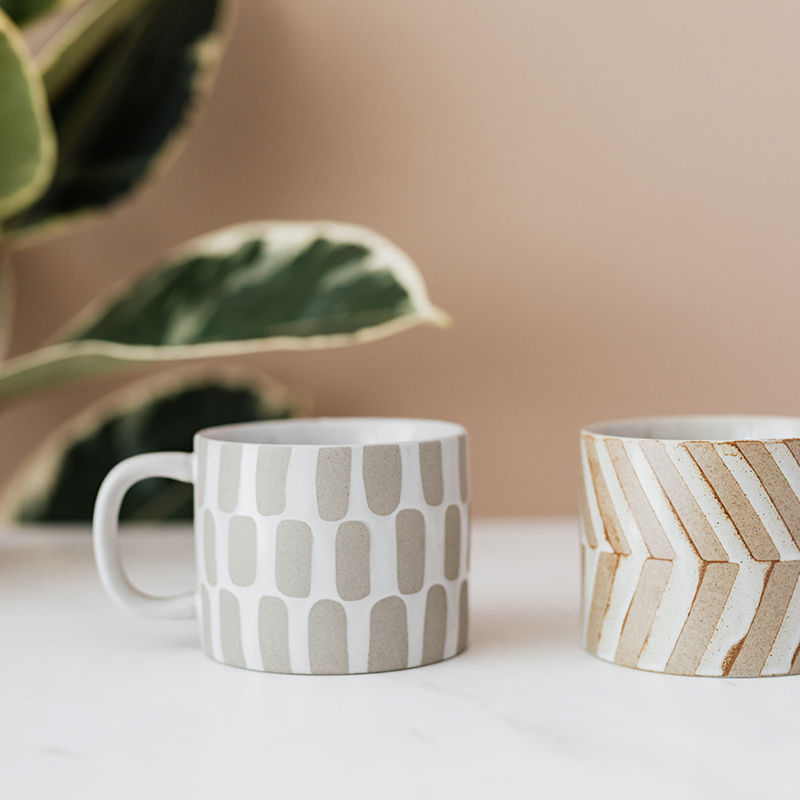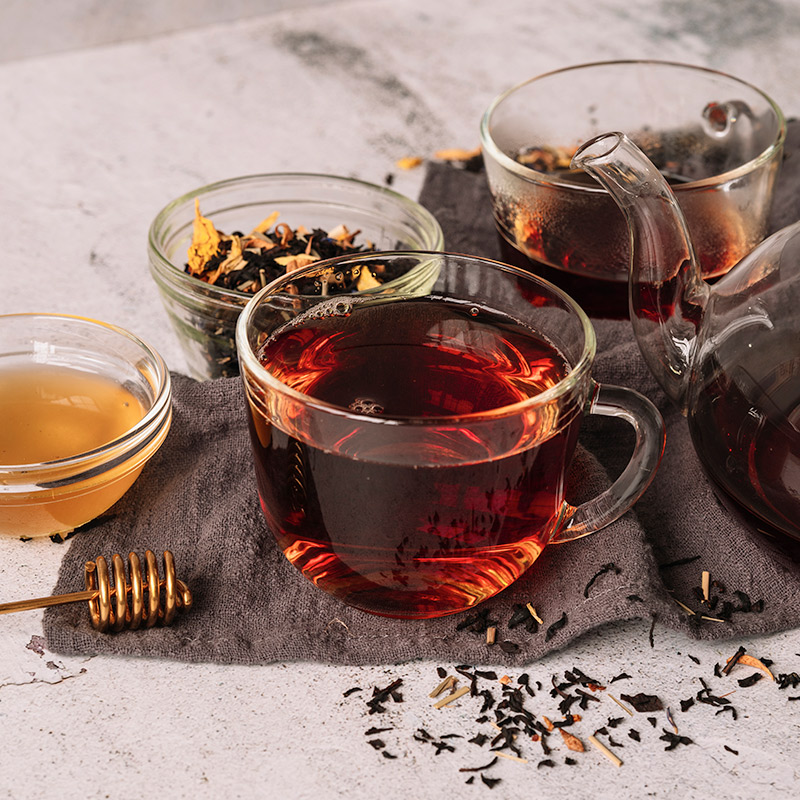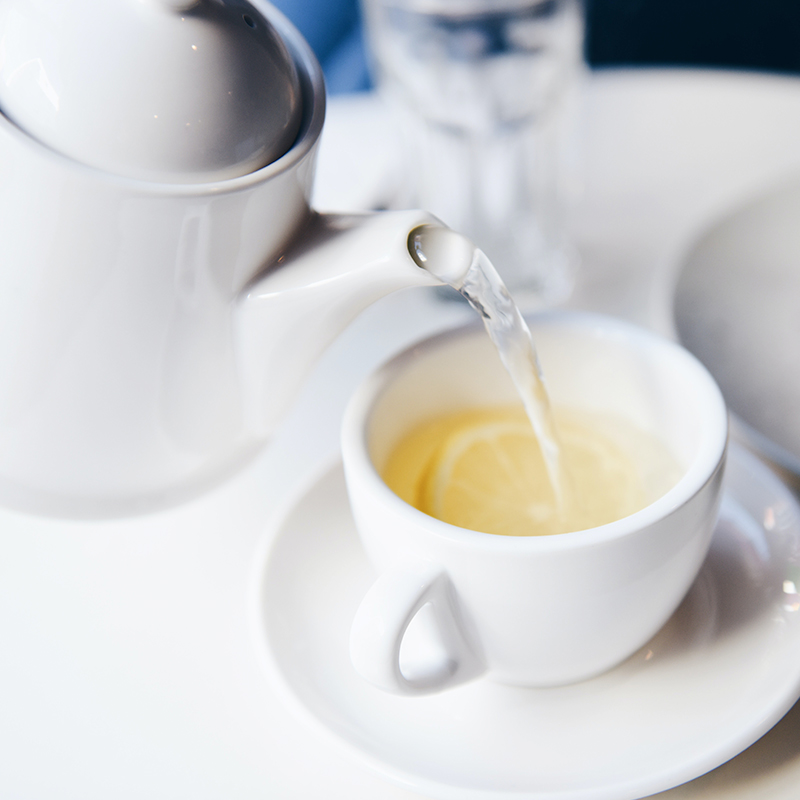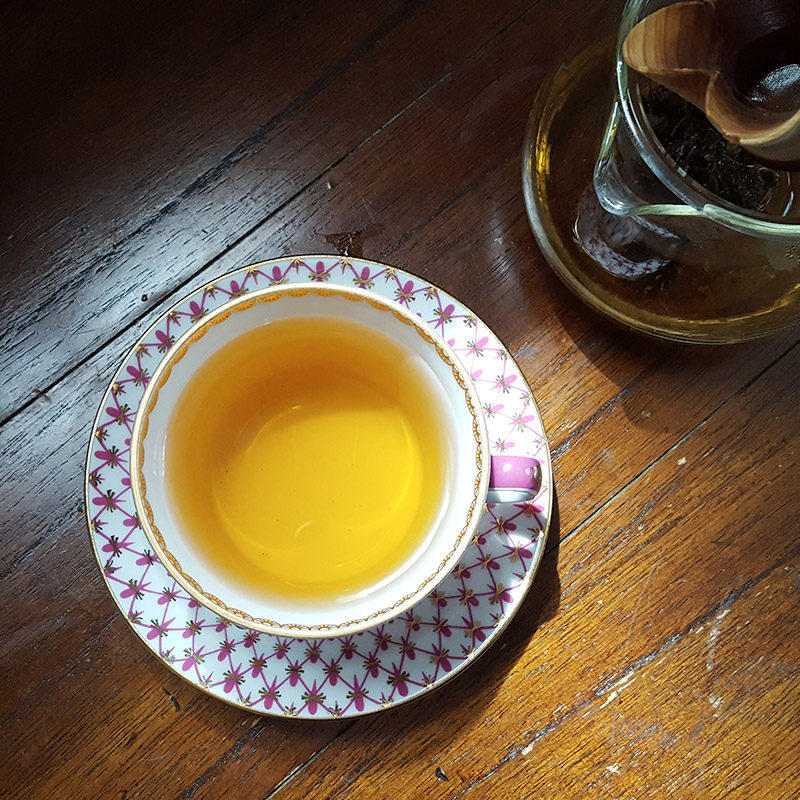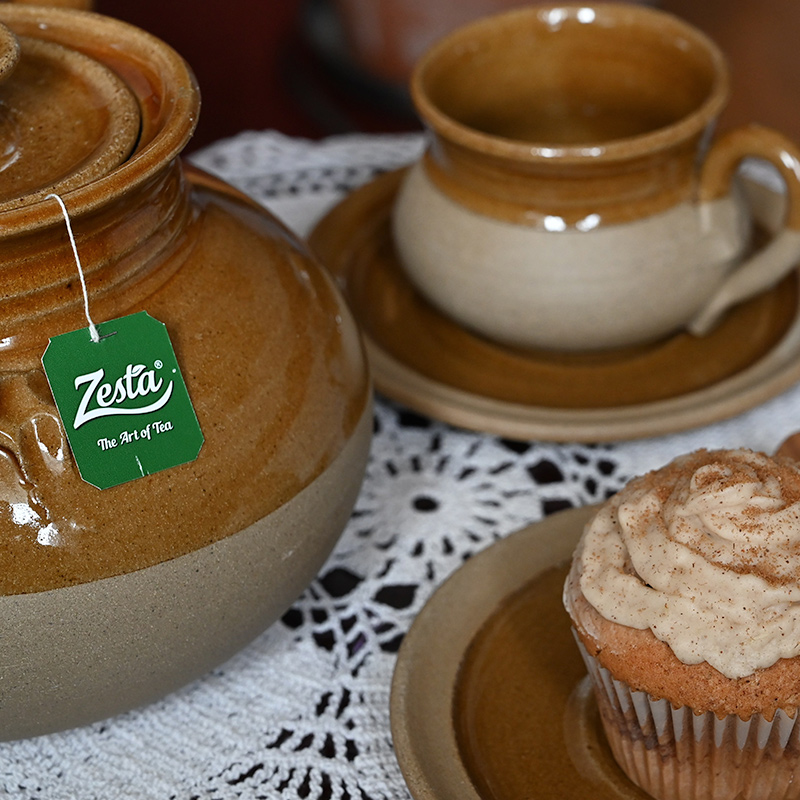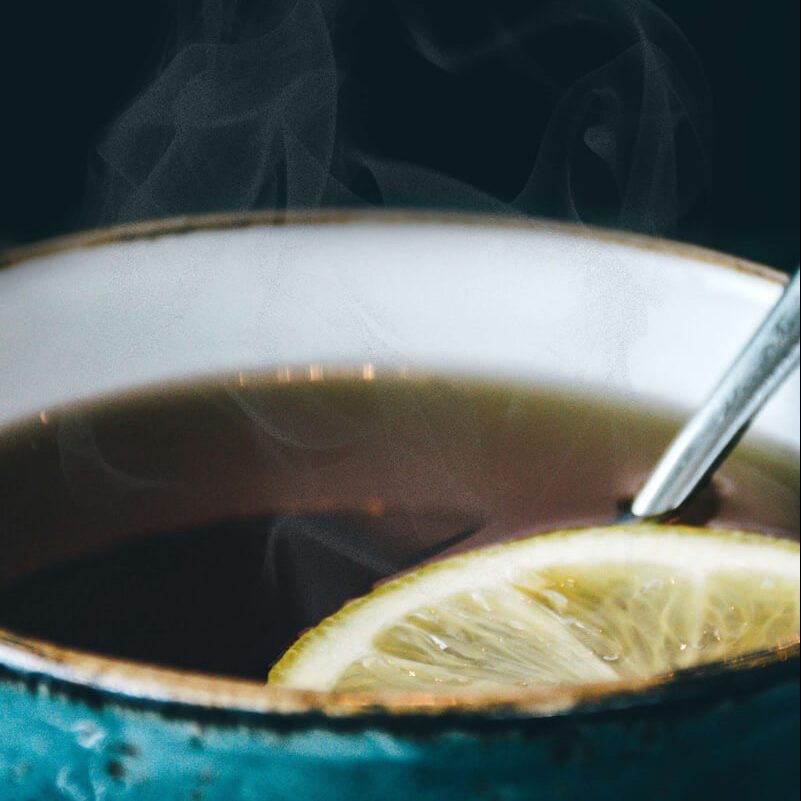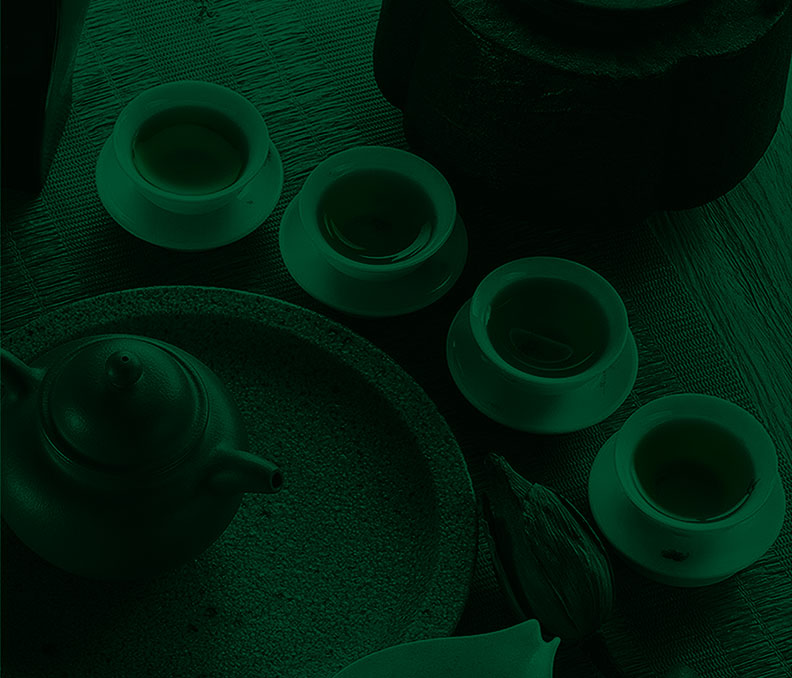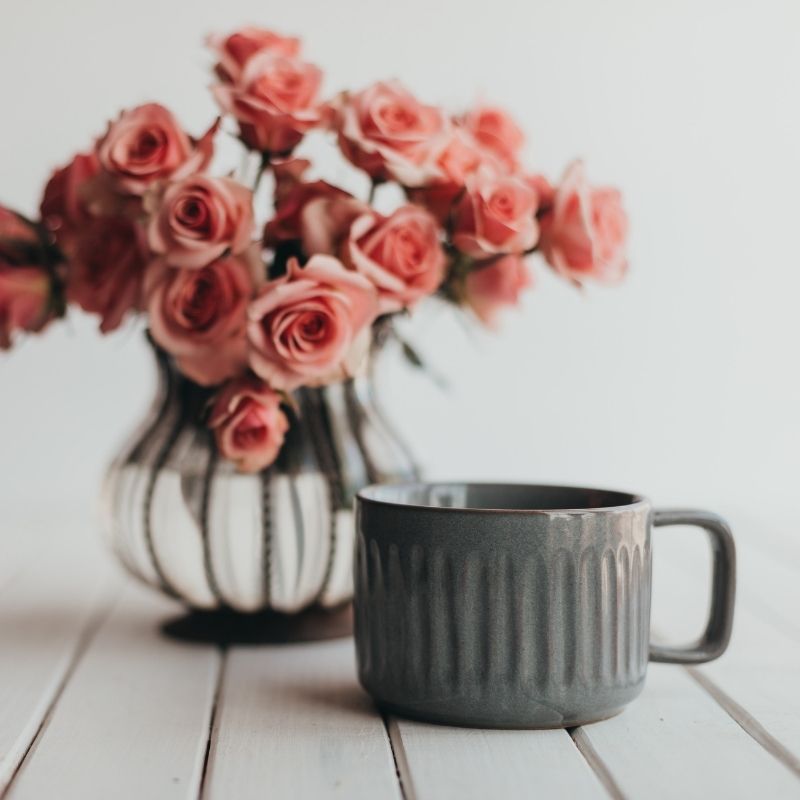
From frothy, spicy chai to rejuvenating and relaxing green tea, tea is loved all across the world in its various forms. While there are a seemingly endless amount of tea types, there are only five main brews of tea – black tea, white tea, green tea, oolong tea, and pu’erh. Despite their many names and unique flavours, all tea is made from the leaves of the Camellia Sinensis tea bush. What sets each brew apart from one another is the length of time the tea leaves are oxidised for.
Tea is truly remarkable. It began as a medicinal herbal beverage exclusively consumed by Chinese royalty, but has transformed into a thriving industry and tea is now the second most popular beverage in the world – second only to water!
Whether you’re a tea connoisseur or you just enjoy a cuppa with your breakfast, tea has the extraordinary ability to make everything seem a bit better. Here are four of the world’s most beloved teas.
Black Tea
Perhaps the most famous, and most popular, tea in the world, black tea is a staple in many households. There are several types of black tea in the market, but Ceylon tea is widely considered to be one of the finest brews. Grown in Sri Lanka, there are two types of pure Ceylon black tea; high-grown tea which produces a honey-hued brew with a delicate flavour, and low-grown tea which is reddish-brown and has a strong flavour. Black tea leaves are oxidised for the longest, and this results in its deep colour and full-bodied flavour.
White Tea
“White as cloud, pure as snow, aromatic as orchid”, this is how ancient Chinese poets beautifully described the revered white tea. Unlike other brews, white tea is processed entirely by hand and its leaves are left unoxidised, which results in a very delicate brew with a pale yellow hue to it. This tea is made from the unfurled leaves of the tea bush, and these buds are covered in fine silver-white hairs, which is why this tea is also known as Silver Tips tea.
There is also a rare white tea called Golden Tips tea, which is even more special as it is exclusively grown in Sri Lanka at an elevation of 6,000ft and close to Adam’s Peak.
Green Tea
Nowadays, green tea is synonymous with health. From increasing metabolism to helping prevent diabetes, green tea is celebrated for its numerous health benefits. Similar to white tea, the tea leaves remain unoxidised, which allows the leaves to retain more nutrients as well as their green colour. Once plucked, the green tea leaves are then steamed or pan-fried to stop the oxidation process and to release its unique sweet earthy flavour. After that, the leaves are cooled, rolled, dried, and rolled once more before they’re graded and packaged. Green tea can also be used as a base to other flavoured teas.
Flavoured Tea
Flavoured tea is when teas like black or green tea are infused with other aromatics like herbs, spices, fruits or flowers. In fact, there are some flavoured teas which are so popular that they’re often mistaken for being their own type of tea, and Earl Grey tea would be the perfect example. Earl Grey tea has a black tea base and is infused with the extract of bergamot, a citrus fruit, giving this tea a uniquely refreshing flavour.
Another popular flavoured tea is osmanthus tea. Here, black tea is infused with the fragrant osmanthus flower that is native to Asia. Not only is the blend flavourful but it is also loaded with health benefits. You can also find green tea based flavours, and a favourite is Zesta’s Jasmine Green Tea.
What makes tea so remarkable is that while there are only five ‘proper’ teas, there are seemingly endless ways of enjoying tea. From popular Bubble Tea originating in Taiwan to a regular cup of English Breakfast tea in the morning, tea is extremely versatile and delicious.
Have you tried any of these teas? If you haven’t, discover the world of tea with Zesta.



